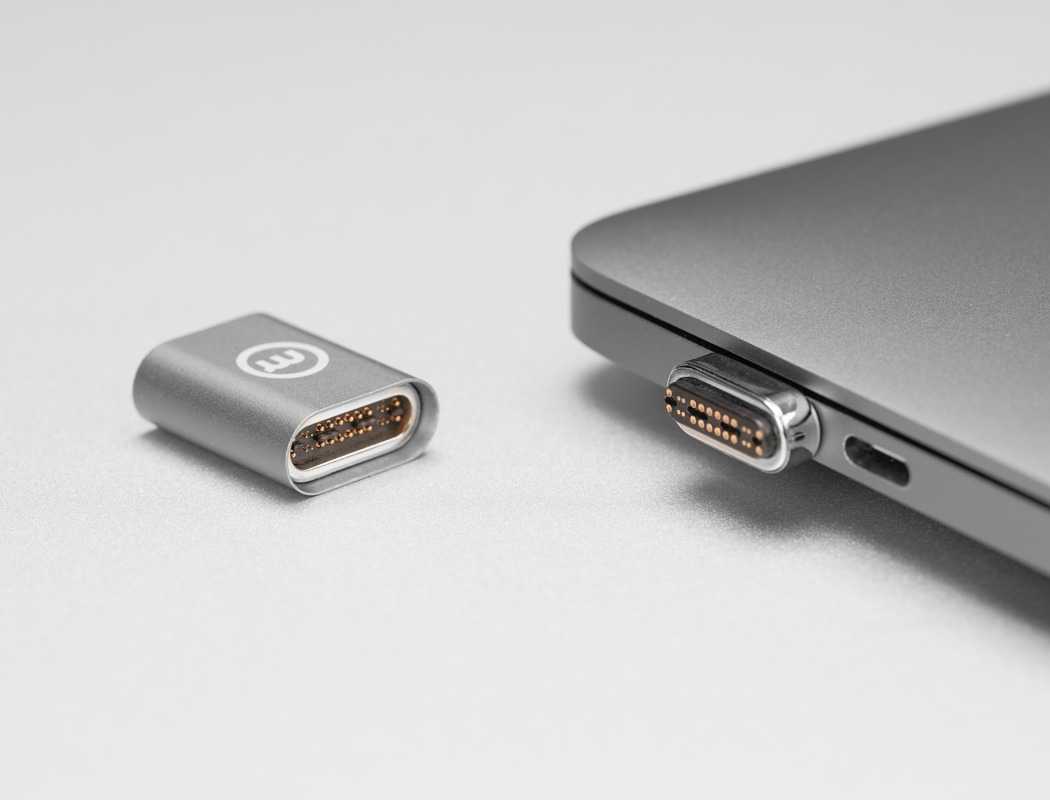


and printed with product SN code and certification marks such as CCC and VI energy efficiency.Īfter the power meter test, the charger no-load power consumption at 220V 50Hz is 0.063W, which translates into a year of power loss of about 0.55KW-h, if the market price of electricity is 0.6 yuan/KW-h, the charger’s annual electricity bill is about 0.33 yuan. Manufacture and manufacturer: Celcom Technology (Shenzhen) Co., Ltd. The bottom is also printed with the specifications inscription.Ĭ1/C2 output: 5V3A, 9V3A, 15V2.33A, 20V1.75A, 35W MAX The bottom is the usual light gray style, with a foldable foot design, the bottom does not protrude after storage, and is also quite convenient to carry out.Įquipped with dual USB-C ports, but the cable needs to be purchased separately with the use of the female port rubber core are white, and the overall consistency.īoth sides have a rounded recessed design to increase the “plugging force” when using. The body of the charger is designed with a smooth and glossy white polycarbonate shell, with a rounded transition at the edges of the connection surface, which feels warm and silky in the hand. That said, you can still buy a MagSafe charging cable and power adapter on Apple’s website, which is now a vestige of what Apple has left behind.Open the package, in addition to the charger body, comes with licensing regulations, material composition table and warranty instruction manual. It never released a MagSafe-to-USB-C adapter, which seems a bit odd, although you can find some third-party alternatives if you search hard enough (like Griffin’s Breaksafe Magnetic USB-C Power Cable or Innerexile’s ThunderMag.


That, and the versatility of the USB-C connection meant that Apple didn’t need to dedicate spaces for all the other connections, such as USB-A (2x), HDMI, ethernet and an SD card reader - at the cost of requiring you to pick up a hub or dongle to replace them, of course.Īpple seems keen to put the MagSafe forever in its rearview. The USB-C connection is a smaller form factor than the MagSafe. The USB-C (Thunderbolt 3.0) on more modern MacBooks can not only power your laptop, but transfer data and output video (allowing you to connect your laptop to an external monitor, for example.) Not just that, the USB-C (Thunderbolt 3.0) connection allows your laptop to output power so you can charge your other devices - such as your smartphone, headphones or portable power bank - just by plugging it into your laptop. It was a dedicated port for power supply and Apple needed to get more out of its ports. Plus, it made a wonderful little sound every time it snapped into place.īut MagSafe lacked the versatility of today’s USB-C connections. Its brilliant magnetic design allowed it to be strong enough to connect to and power a laptop, but quick enough to release there was any tension, enough to save you from destroying your laptop if you tripped over the cable.


 0 kommentar(er)
0 kommentar(er)
